Photographers Persist
Also, photographers are (generally) patient. I read a great little article by Thom Hogan recently, in which he explained that landscape photographers are data collectors as much as they are photographers, and that lots of observations over days or weeks or months lead to the great photos that they create. There is always chance and serendipity in photography, but there is usually also lots time spent carefully planning, watching, and imagining.
What you see in these photos of herons, taken at Jordan Lake in southern Durham county, definitely fit into Thom’s concept. I had been at Jordan Lake the previous day, where I had found nothing but seagulls and not great light, even though it was the ideal, just-before-sunset hour. Still, I enjoyed the evening and the scenery, and spent a lot of time walking around, just scouting and thinking about what things might look like if the herons, ospreys, or eagles were out, and the light was right. If I hadn’t taken this preliminary trip, I wouldn’t have seen how low the lake levels were–lake levels that create mudflats and beaches, both of which provide more and better photographic opportunities, given the right elements.
I set out again the following day, hoping for better luck. I went to my favorite spot, and once again found a whole bunch of nothing. Nada. Zilcho. I spent some time trying to find something, anything that might work, and hoping that the birds would start to arrive, maybe catch some fish. No luck. I thought about heading home, and instead went to a different part of the lake where I often find vultures and osprey.
The bad luck continued. Without a cloud in the sky, the sunset wouldn’t be brilliant, and the only birds anywhere were some smallish birds that were dancing and flicking over the water. These guys being better than nothing, I spent some time enjoying the warm evening, the quiet of the lake, and the grace of the little birds. I took some photos of them, and caught a few mid-dance, but nothing like a great photo.
I took some landscape-y type photos with my wide angle, something that I don’t do often and wasn’t incredibly prepared for. I did have my tripod and an ND filter, but the landscape setup is generally what I go to when the bird stuff just isn’t panning out. Again, I got some okay photos to feel like I was coming home withsomething, but nothing I’d hang on my wall.
So then I packed up to go home. As I was walking towards my car, I startled a heron. I watched it fly away, but then it landed near the shore a little further down. The sun had set at this point, and it was getting pretty dark. As I walked to the car, I saw the heron silhouetted against the reflected orange that still lingered in the sky. I decided to get out my telephoto lens again, and get some silhouettes of the heron, and then call it a night.
Just then, a fishing boat headed towards the nearby boat ramps. The boat both startled the herons (there were actually two), and created a wake. Because the light was so low, my shutter speeds were also very low, so I thought I’d try to pan with the birds as they flew and see if I could get something sharp. The light, the movement of the birds, and the wake from the boat all came together in one beautiful moment to create the silhouetted shots you see here.
There was plenty of random chance and serendipity involved, of course. But there was also my experience and my planning: the right lens/camera combination, the right camera settings, knowledge of where the birds might be at the lake, where to position myself for the shot, previous experience and practice panning with moving objects, etc. all came into play.
The point here is not that I am a genius or an amazing photographer. The point here is that there are all the failed photos that you don’t see. All the days where I went out to the lake and sweated, picked up ticks, got bitten by mosquitoes, suffered from chiggers in the tall grass, and came back with little or nothing. These photos represent a tiny fraction of the photos I have taken at the lake.
Succeed or fail, I always try to take something away from the experience. To learn something that will benefit me the next time, or some other time when I least expect it. And I remember Ansel Adams, and all the time he spent in Yosemite, taking photos of all those iconic features in every combination of light and weather. It is this dogged persistence and cumulative experience that marks a great photographer.
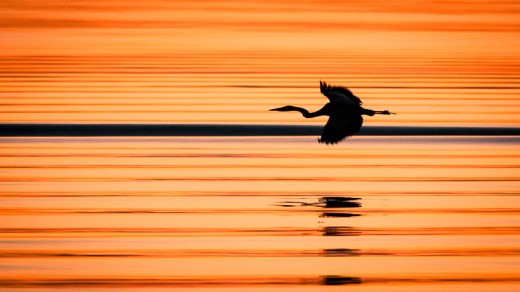
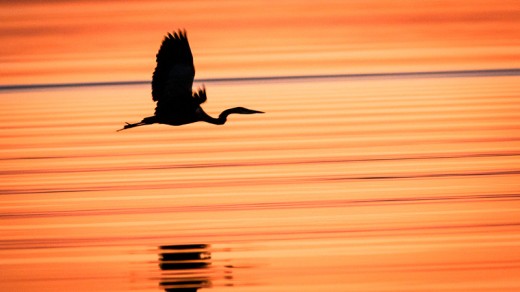
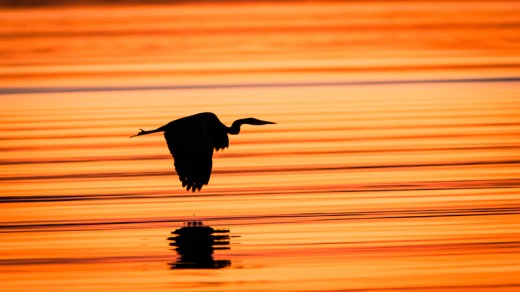
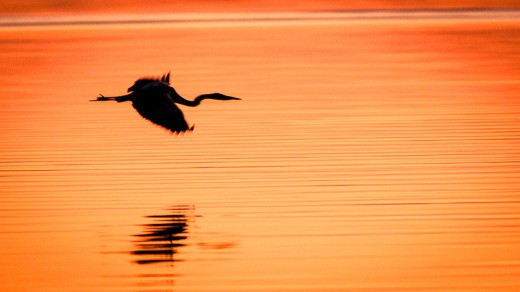

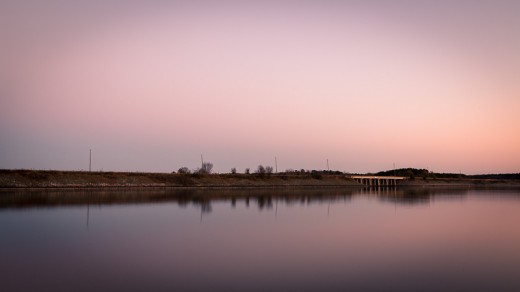
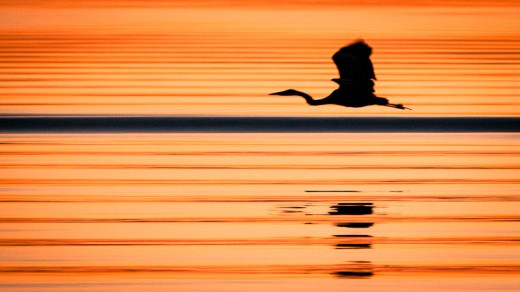

Katy on Nov 27, 2012 at 3:44 pm
I would never guess that is a photo of Jordan Lake – I think it’s very captivating to catch the beautiful side of something that seems ordinary. Your persistence has definitely translated into talent!